TOURS SCHEDULED FOR WEDNESDAY AND FRIDAY
ASK ABOUT OUR PROMOTIONS FOR GROUPS
CARIBBEAN VOYAGE – GETTING TO KNOW OUR ANCESTRAL ROOTS
In this Tour to Cabo de la Vela Colombia you will get to know a natural scenery full of traditions, culture, magic, indigenous customs and an imposing natural beauty typical of the Colombian Caribbean.
Enjoy this adventure that will take you to learn about the Wiwa, Arhuaco and Wayuu indigenous peoples in the Caribbean region of Colombia, this journey is a unique opportunity to explore the ancestral cultures and roots of the region, and to learn about the traditions, beliefs and ways of life of these indigenous communities.
The first indigenous village you will visit is Arhuaco, which is known for its textile tradition and its cotton and llama wool weaving techniques. There in Jwisingeka you will see firsthand the production of cocoa, learn about its symbolic and cultural significance and learn how to produce one of the best chocolates in the world.
Then, you will visit the Wiwa indigenous people, a community located in Dibulla, noted for its cultural lineage and its commitment to the preservation of nature. At this destination you will have the opportunity to meet the inhabitants of the community and learn about their relationship with the environment and the ways in which they work to protect their territory.
Finally, you will arrive at the Wayuu indigenous people, where you will learn about their traditions and way of life, including their fishing and farming techniques, and their famous art of carpet and bag weaving.
This tour is a unique opportunity to connect with the ancestral cultures of the Caribbean region and to learn about the traditions and ways of life of the Wiwa, Arhuaco and Wayuu indigenous peoples. We are waiting for you for this Incredible Adventure!
| DEPARTURE PLACE | Santa Marta, Magdalena | ||||||||||||||||
| DEPARTURE TIME | Please arrive at 6:30 AM at the meeting point indicated for an early departure. | ||||||||||||||||
| RETURN TIME | Approximately 5:00 PM on the last day of the Tour. | ||||||||||||||||
| TOUR DURATION | 3 Days / 2 Nights. | ||||||||||||||||
| TOTAL VALUE | The price of the Tour to Cabo de la Vela Colombia is USD $440 per person. | ||||||||||||||||
| TOUR INCLUDES |
|
||||||||||||||||
| IMPORTANT | If you wish to book this new Ancestral Tour to Cabo de la Vela in Guajira, please make a deposit of 10% (USD $44) of the total value of the tour (USD $440). The Flamencos Park Tour is the other option you can take. Please note that this Caribbean voyage is a tour to Cabo de la Vela where tourists will learn about their ancestral roots throughout the trip. Each traveler is responsible for their belongings, Wiwa Tours is not responsible for garments or articles lost during the excursion. |
ITINERARY OF CABO DE LA VELA TOUR | CARIBBEAN VOYAGE TO KNOW OUR ANCESTRAL ROOTS
Excursion Start
The tour starts at the Wiwa Tours main office, where tourists meet with the indigenous guide to begin this cultural adventure excursion.
Travelers depart in the air-conditioned minibus to the indigenous village of Jwisingeka, home to a community of Arhuacos of the Sierra Nevada de Santa Marta; in this place travelers will have the opportunity to learn about the ancestral process of chocolate by the Arhuaco culture, they will learn from the hand of the indigenous people, what cocoa represents for their culture, beliefs, ways of life and ancestral agriculture based on their traditions.
Then they say goodbye to the Jwisingeka people and head to the Wiwa indigenous community in Dibulla located in the Seyamake community, Santa Rita de Jerez; in this community the group of hikers will be received by the Mamo, this Wiwa indigenous authority will initiate a ritual (pagamento) where he will ask permission to the ancestors, so they can enter this sacred territory and share with their community.
Lunch in the indigenous community, the Wiwa women are in charge of the gastronomy and are the ones who prepare the food (lunch, dinner and breakfast) for the travelers, then you can take a bath in the river.
The group will also be able to participate in cultural activities such as the elaboration and exhibition of handicrafts, interaction in traditional dances and songs, and the indigenous guide will provide a detailed overview of the history, beliefs and traditions of this indigenous community and their relationship with the natural environment.
After the talk of the indigenous guide in the evening, they have dinner in the main hut of the community; everyone rests very early in hammocks with mosquito nets until the next day in order to get up early from Jerez to Camarones.
Recognizing Colombia's Cultural Wealth
Early in the morning you will leave for Camarones where you will visit the Flamingo Park, a tourist place that offers a unique experience for visitors, this natural park is home to numerous pink flamingos and the ideal place for nature lovers and photography.
Arrival at the indigenous reservation Perratpu in the Wayuu community Loma Fresca, there you will be received in the ranchería by the local guide (Epiayu) who will welcome you with some coffee and their traditional drink (Chirrinchi); right after he will give a cultural talk explaining a little of their beliefs and the Los Flamencos Natural Park.
Right after, they start a bird watching tour by canoe through the extensive lagoon, in search of the Pink Flamenco, this bird is very beautiful and is observed in herds of up to 200 Flamingos (Tokkoko – Orokko); the aquatic tour lasts approximately 2 hours when tourists observe various types of birds (Martin Pescador, Gulls, Herons, Flamingos, Mockingbirds, Cardenal Guajiro, among other species).
At approximately 8:00 AM they are returning from the lagoon, they hydrate a little and get ready for an exhibition of art, culture and traditions of the Wayuu indigenous people; the tourists are introduced to the elderly woman of the Wayuu ranchería, this authority paints figures of representative animals for the indigenous community (butterflies, peacocks, snails, horse among others) with a kind of chalk extracted from a special stone that mixed with a little water generates a wet texture of red color.
The women in the travel group can dress up in Wayuu blankets and interact in traditional dances afterwards.
The Wayuu traditional dance exhibition begins (Yonna or Chichamaya) where the woman chases the man to the sound of the drum (Kasha), she opens the blanket with both hands and the man moves backwards with long steps avoiding falling; finally when he can no longer fall, he falls and is immediately carried by the Wayuu woman who takes him away.
Tourists can take pictures at all times and interact in this dance, since there are different steps, Jeyukuaya (ant dance) and Petkuaya (partridge dance) where several children of the ranchería participate.
The travelers finish the visit to the ranchería and say goodbye to the Wayuu indigenous community to start a road trip in the minibus to Riohacha, capital of La Guajira.
At about 11:30 AM they will be arriving at the Bay of Riohacha, where tourists will have lunch; also if they wish they can collaborate with the local economy of the Wayuu by buying some handicrafts as souvenirs (handles, necklaces, backpacks, hammocks, chinchorros, ceramics and handicrafts of all kinds).
After lunch the tour begins to the Manaure Salt Flats passing through the Mayapo until arriving at the Salt Museum (ICHI), in this attraction travelers will be greeted with a delicious cocktail and will learn in a small tour, the whole process of salt; the explanation focuses on how traditionally through time the Wayuu have been trading this important mineral.
Before leaving the museum, travelers can purchase souvenirs of their choice, the prices are economical so that tourism supports the local economy of the region; immediately after they leave for Cabo de la Vela.
Departure by unpaved road to Cabo de la Vela, passing through Uribia (the indigenous capital of Colombia), most of the route is very unstable, typical of the Guajiro desert; the trip takes approximately 2 hours.
Arrival at Cabo de la Vela at approximately 5:00 pm, unpack the luggage at the hostel and immediately go to Pilón de Azúcar, an attraction where tourists take the best pictures of the best sunset in Colombia.
After returning to the Hostal, the group settles into their rooms for dinner and rest after a long day on these desert roads typical of the Alta Guajira.
Return to Santa Marta
On this last day of adventure, travelers are free to enjoy the destination in the morning hours, take pictures, enjoy the beach and acquire some souvenirs of the Guajira.
Depart from Cabo de la Vela in the return vehicle passing this time through Uribia and then through 4 roads, this journey is somewhat long and tedious to Riohacha, here you will have lunch and then continue the trip back to Santa Marta.
End of the Caribbean Voyage
Note: The itinerary of the Cabo de la Vela Tour may vary depending on weather conditions, access roads, means of land transportation or tourist season.
Important Information for the Cabo de la Vela Excursion
During this Cultural Journey, be responsible with the indigenous cosmovision and the environment.
Take only the essentials, since weight is a determining factor when traveling, make sure to return all the garbage generated until Santa Marta.
In many places during the crossing, there is no cell phone signal, so let your family and friends know that you will only be able to communicate with them once you return from your experience.
During the day it is very hot, so we recommend wearing comfortable clothes, T-shirts and shorts; there are also mosquitoes and other insects, it is important to wear long pants and long-sleeved shirts to protect us from insects and the sun.
The Alta Guajira is a part of Colombia of total neglect by the government, in this desert destination the lack of water and poverty are factors that overshadow a little Cabo de la Vela.
What to bring to the Cabo de la Vela Tour
| A small backpack. | Photographic camera. |
| Comfortable clothes for walking. | Sturdy sandals. |
| Walking shoes. | Hat or Cap. |
| Bio-Repellent. | Sunscreen. |
| Biodegradable Cleaning Tools. | Swimsuit. |
| Personal medicines. | Vaccine – Yellow Fever (optional). |
Reservation Policies
| To book this tour, a deposit of $44 USD per person, equivalent to 10% of the total value of the tour ($440 USD), through our web payment gateway, the remaining 90% ($396 USD) must be paid the same day we leave for the excursion to Cabo de la Vela. |
| Colombian tourists must additionally pay 19% VAT on the total value of the tour. |
| The identity document is a fundamental requirement to reserve the Tour to Cabo de la Vela for nationals, a copy of the personal identification card or passport in case of being a foreigner. For the day we go out on the tour, it is not necessary to bring your identity document, at least bring a copy of it. |
| To cancel or modify a confirmed reservation, you must contact us 48 hours before the start of the Tour, during business hours. |
| Once the Tour to Cabo de la Vela, no refund of any kind is made. |


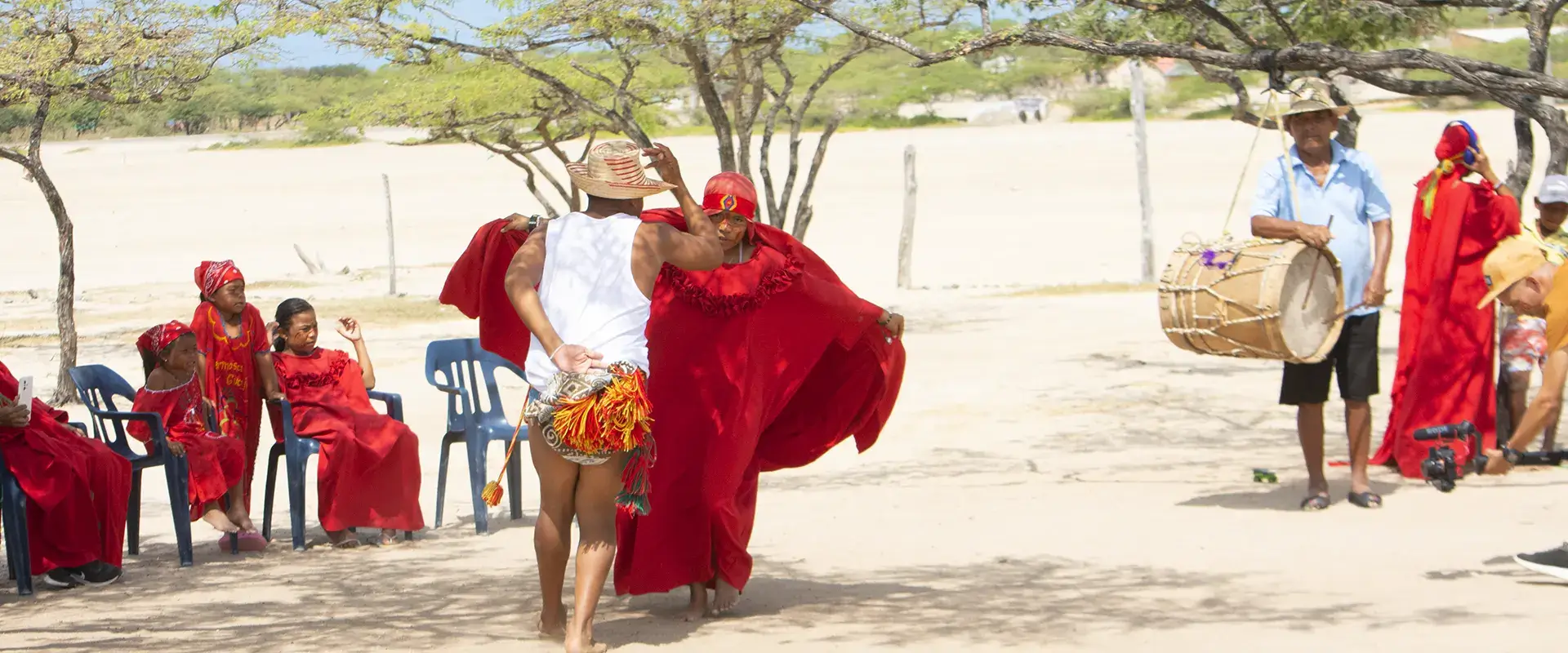
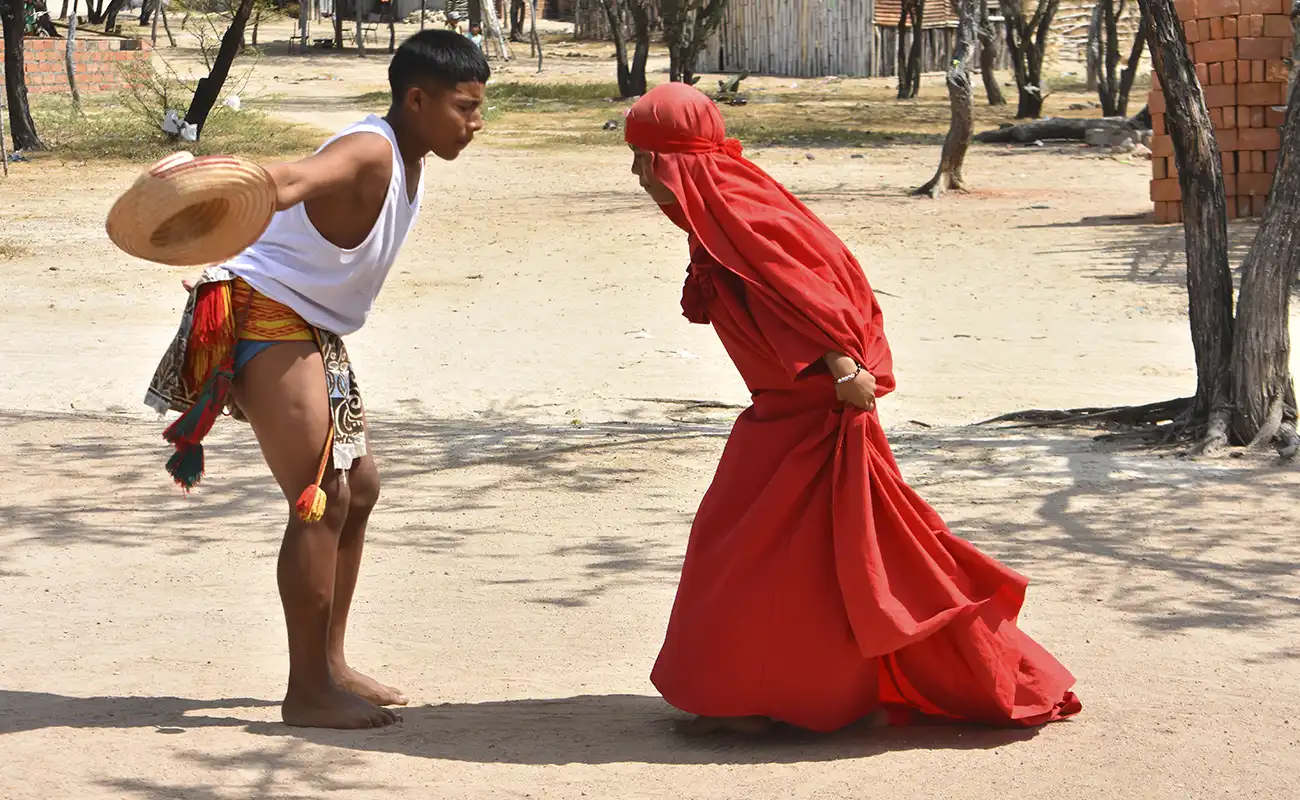
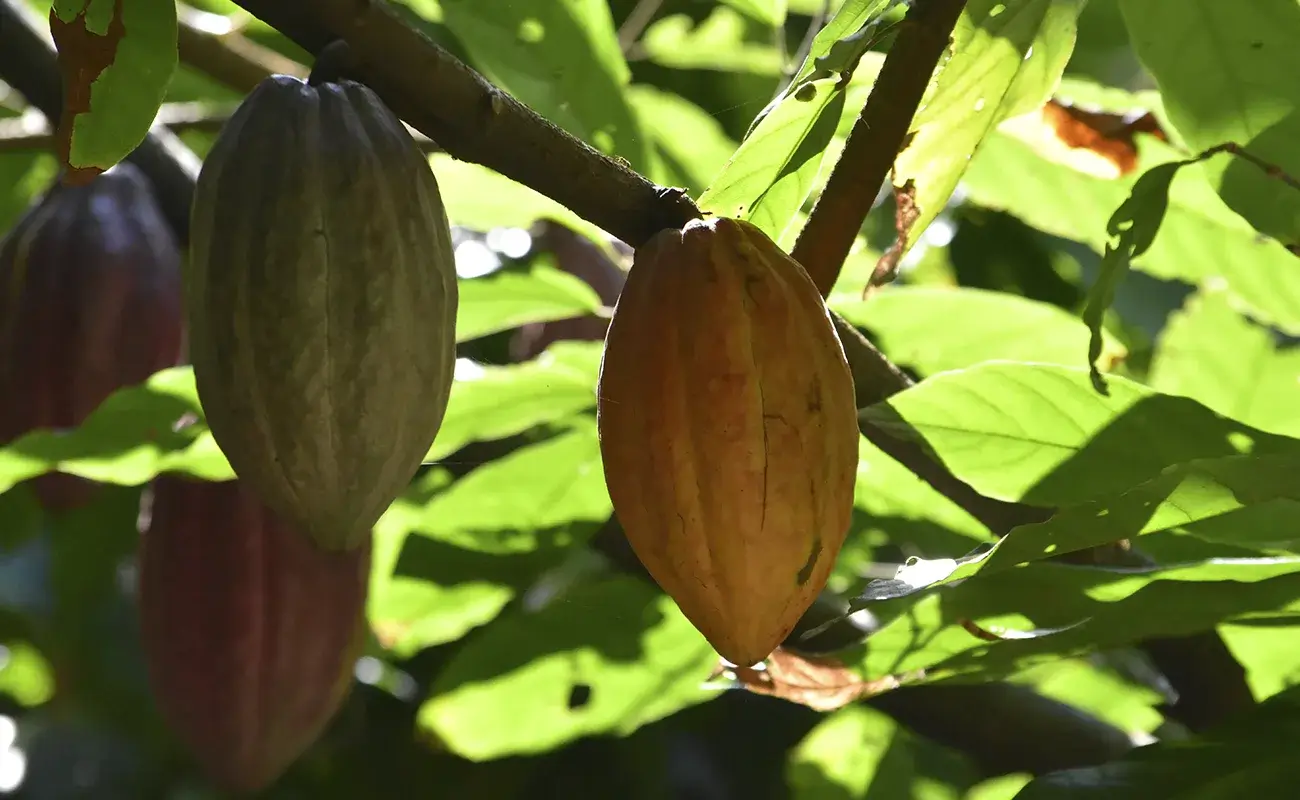
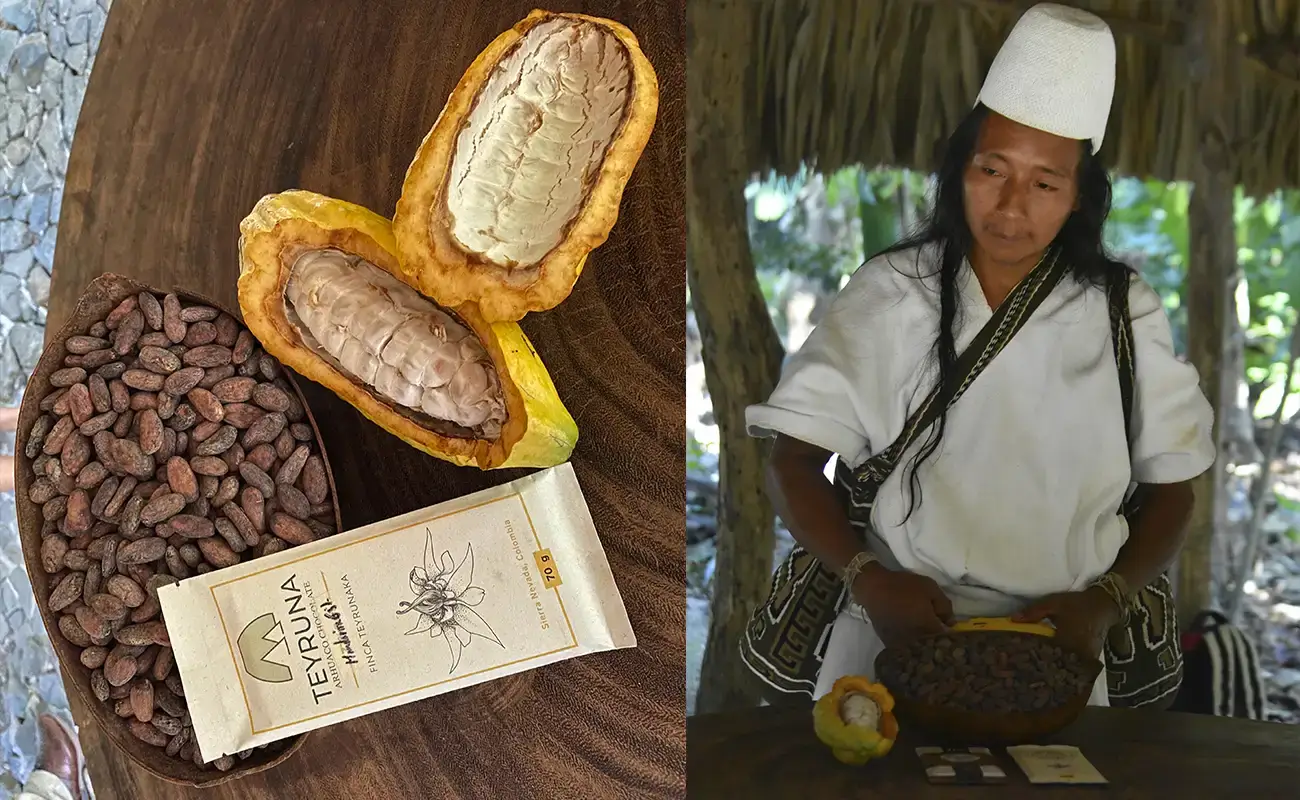
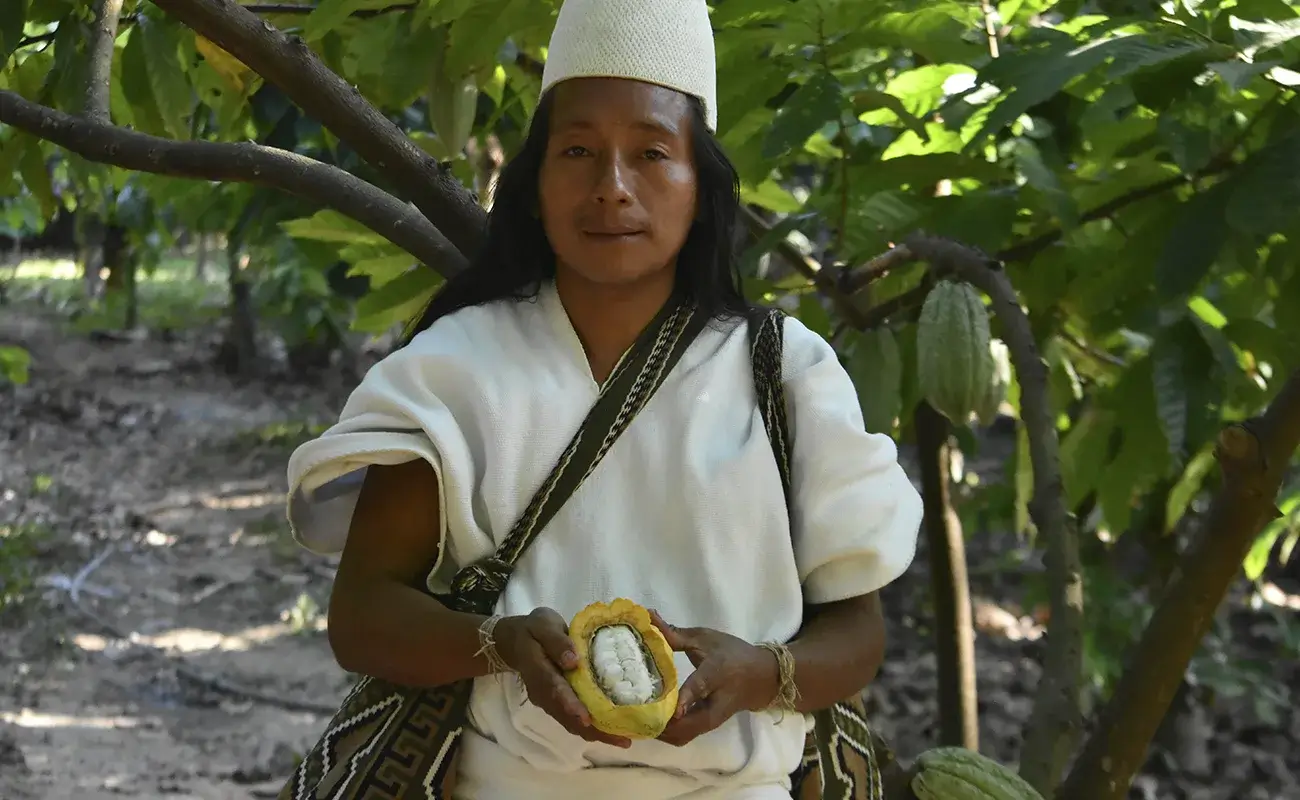
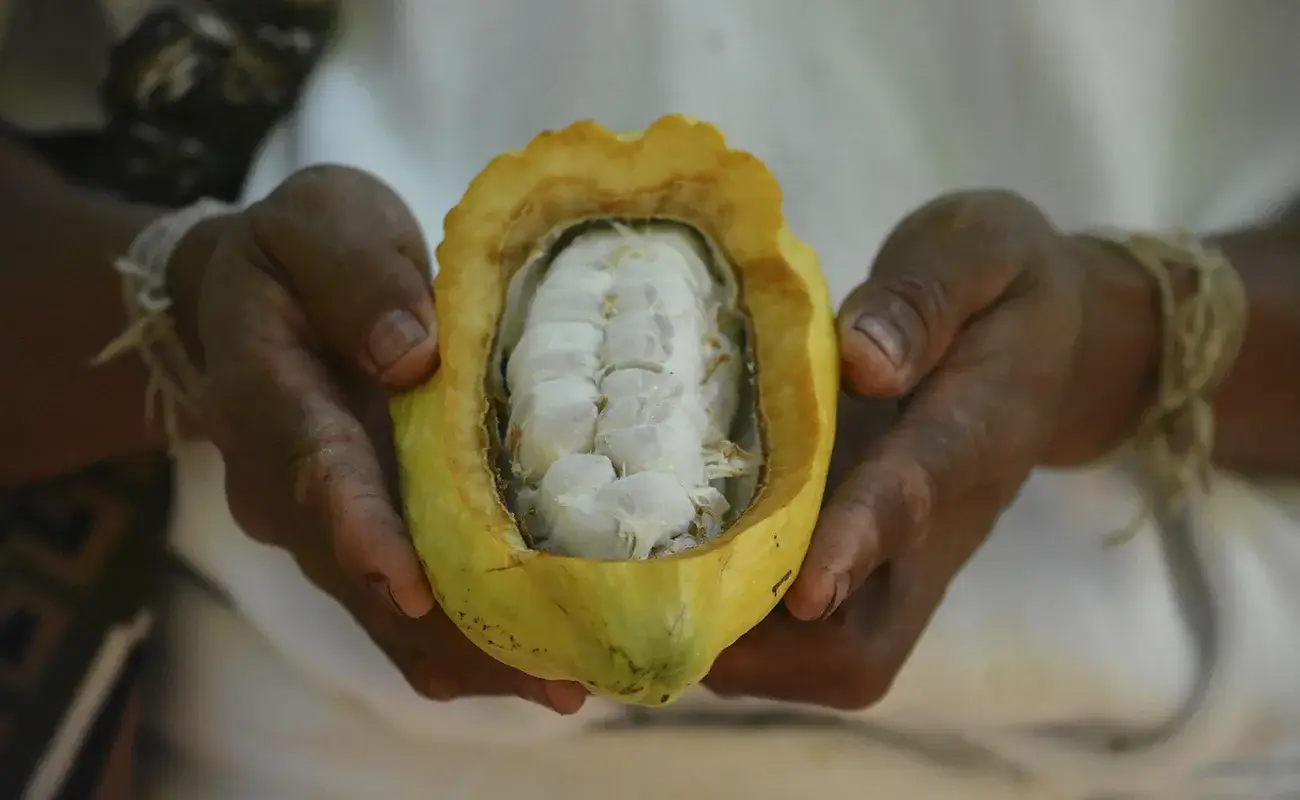
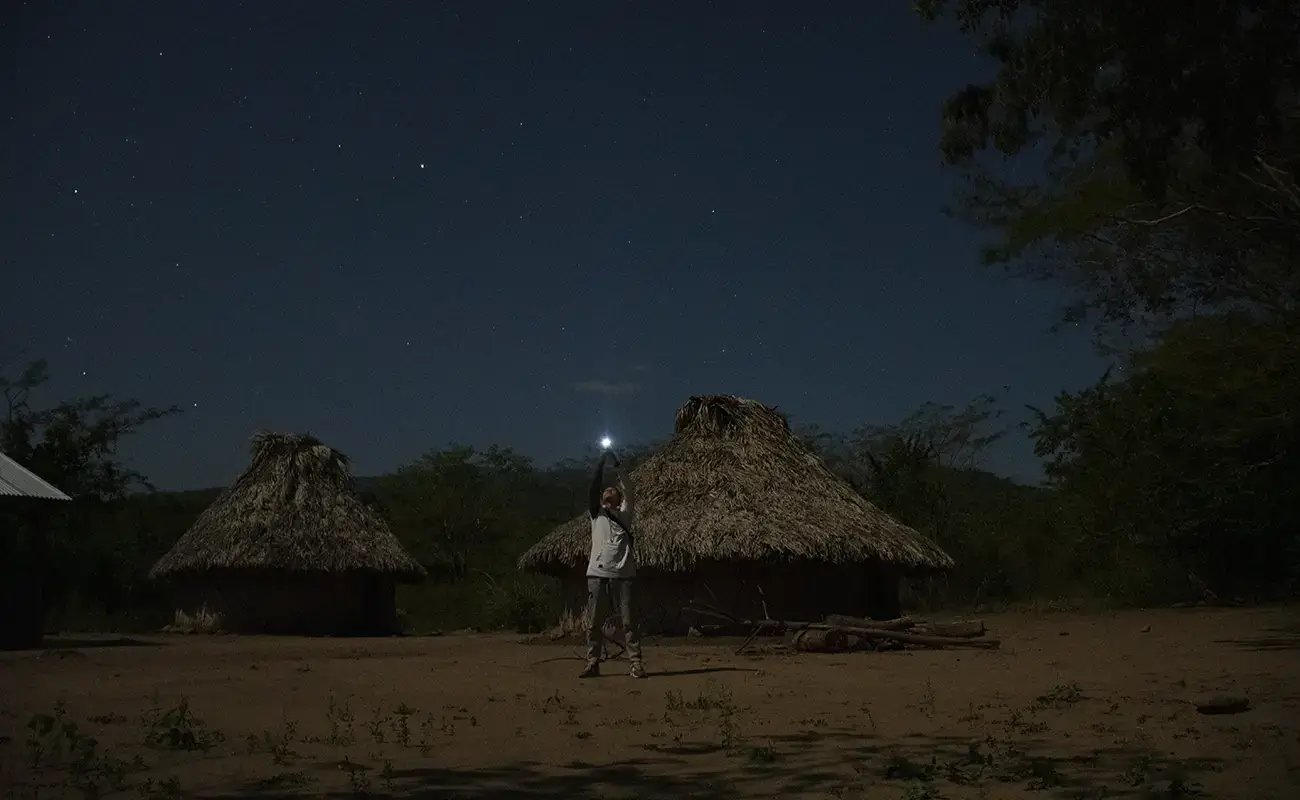
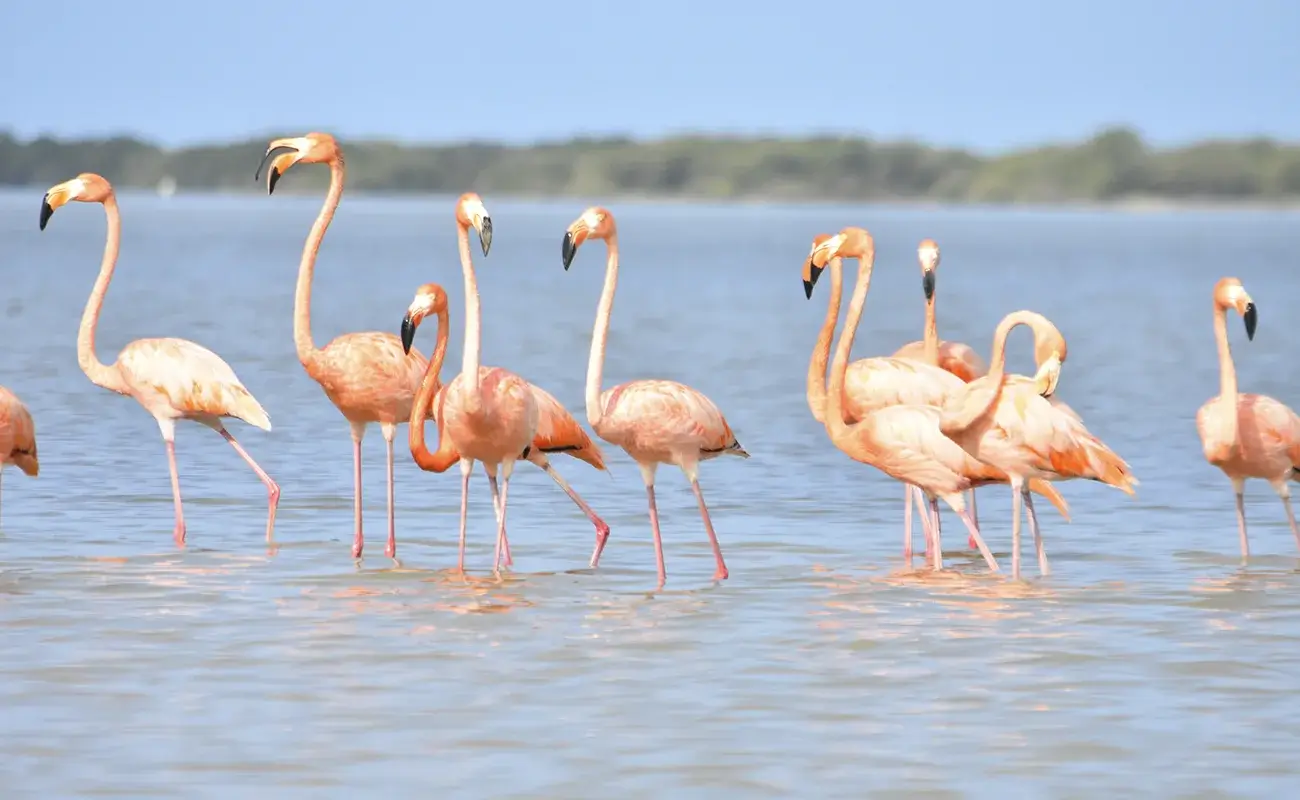
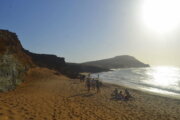


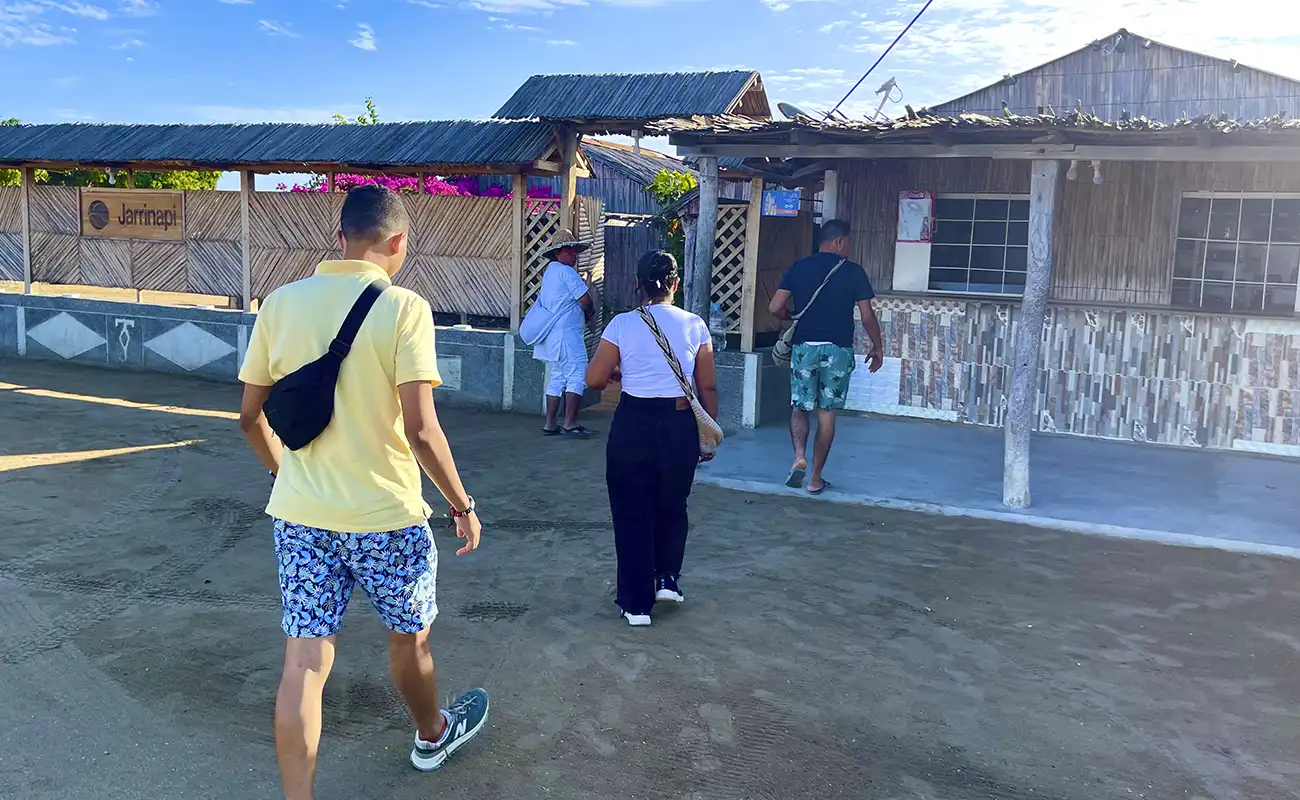
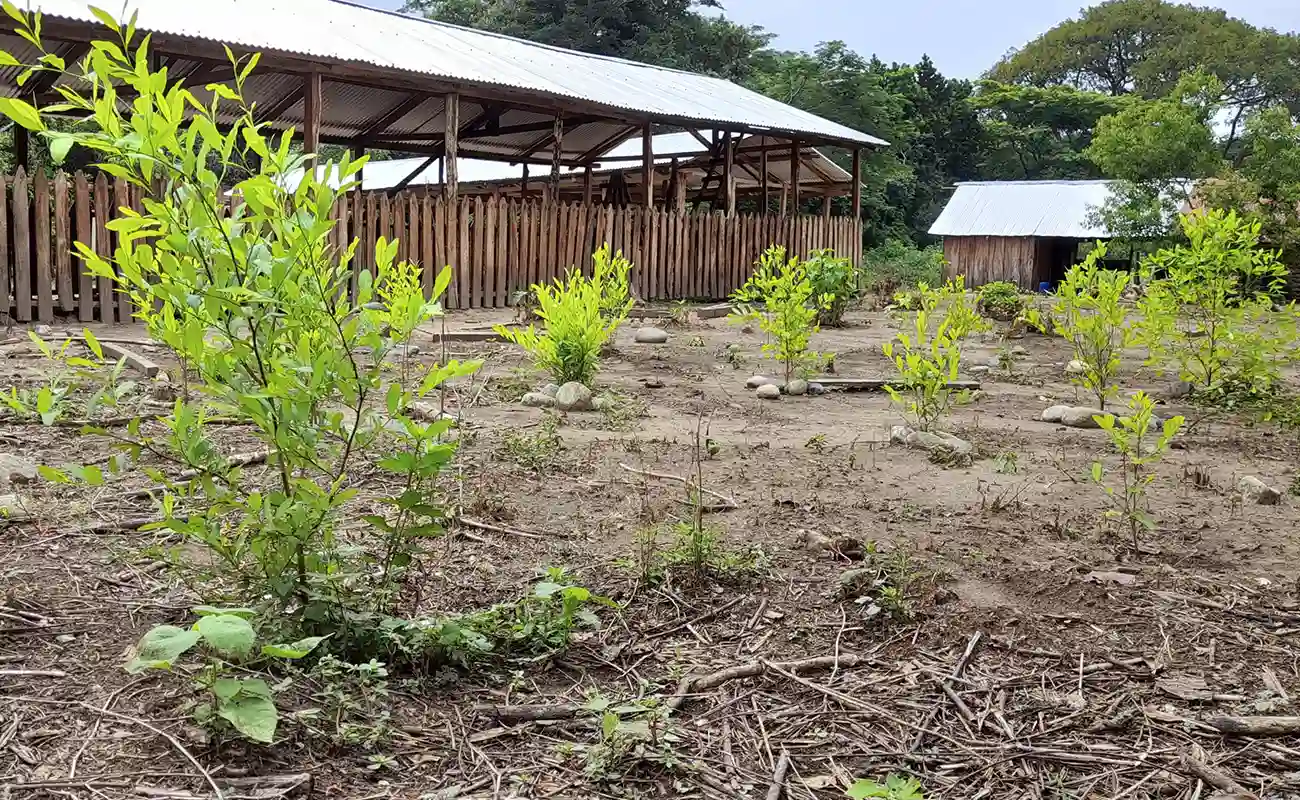
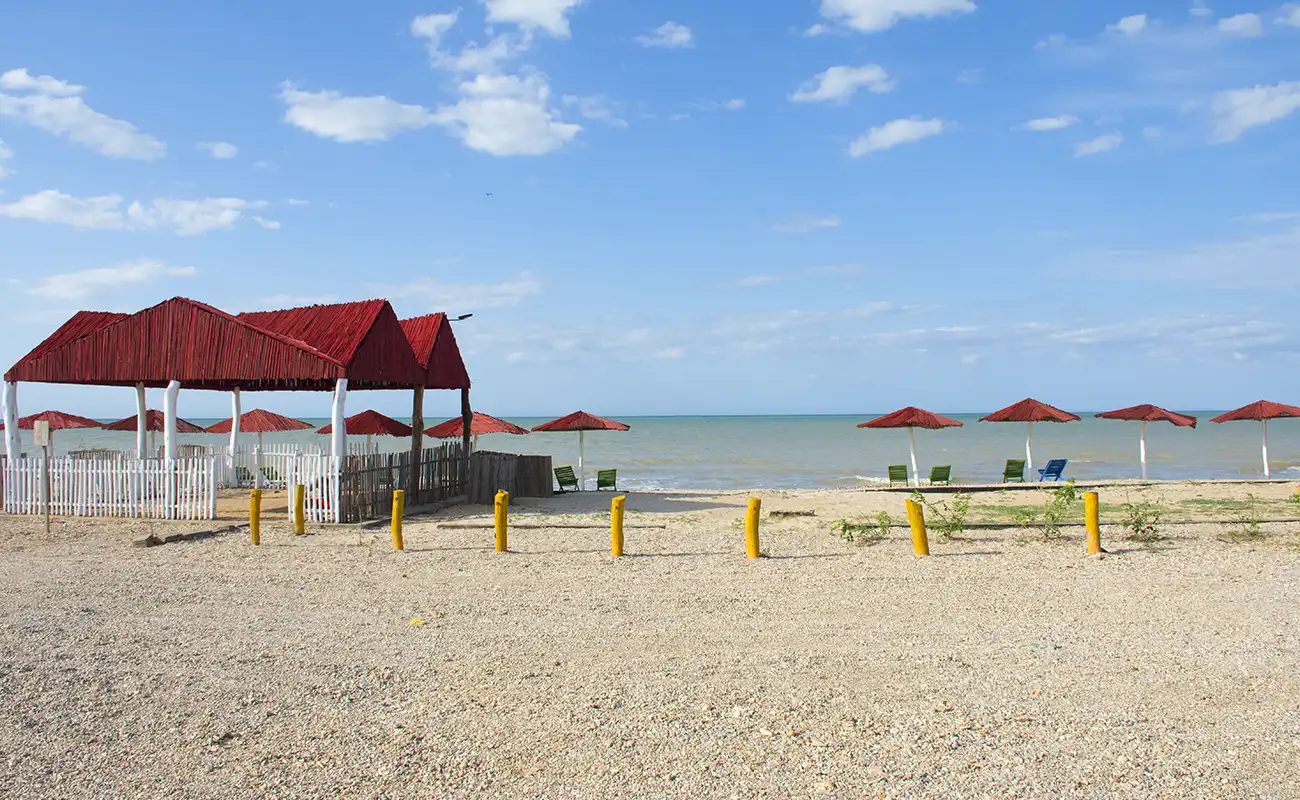
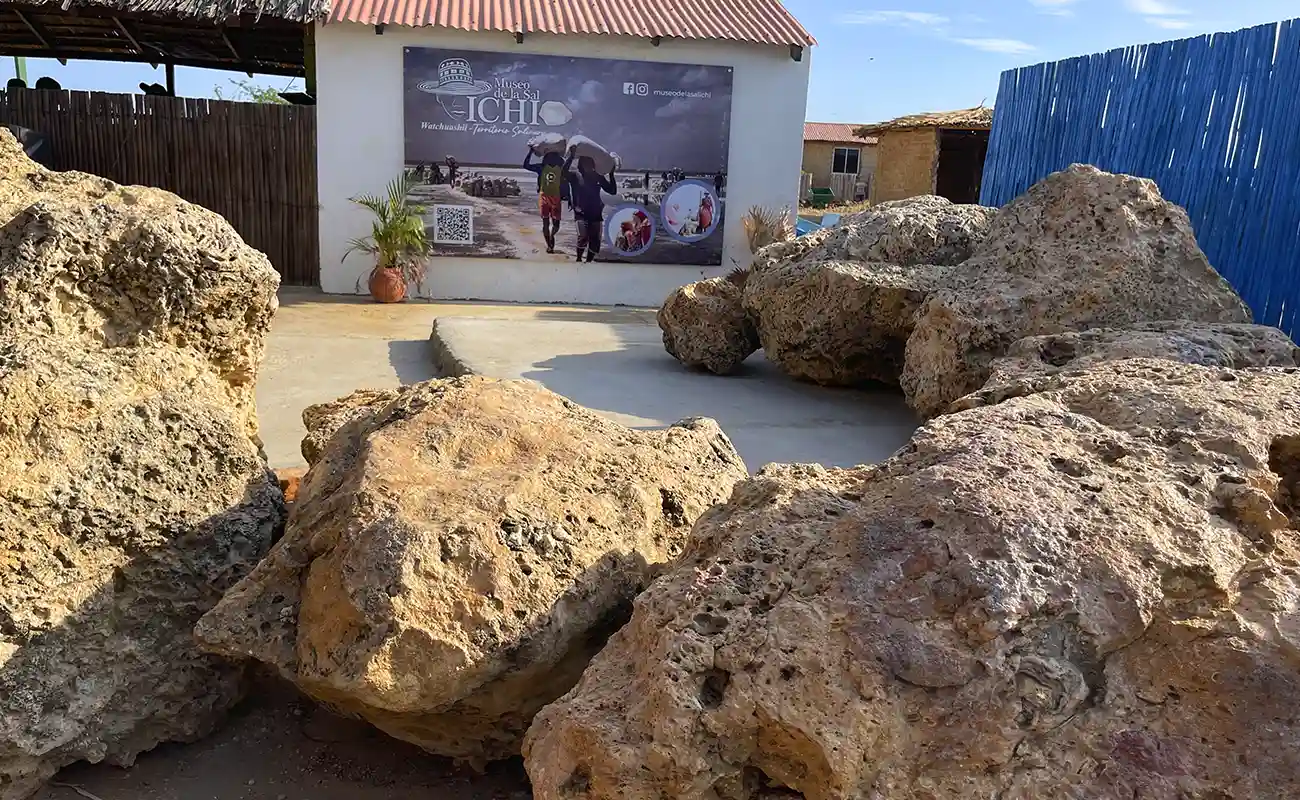
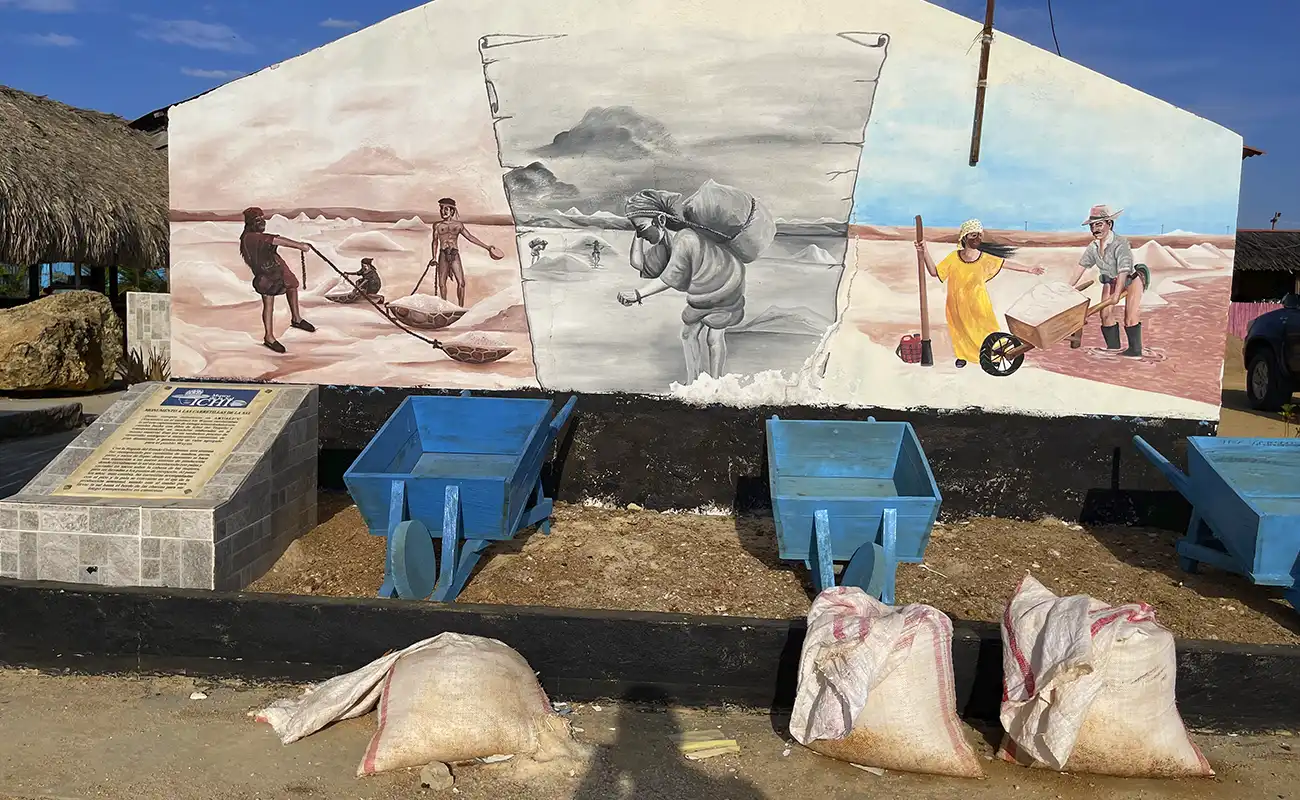

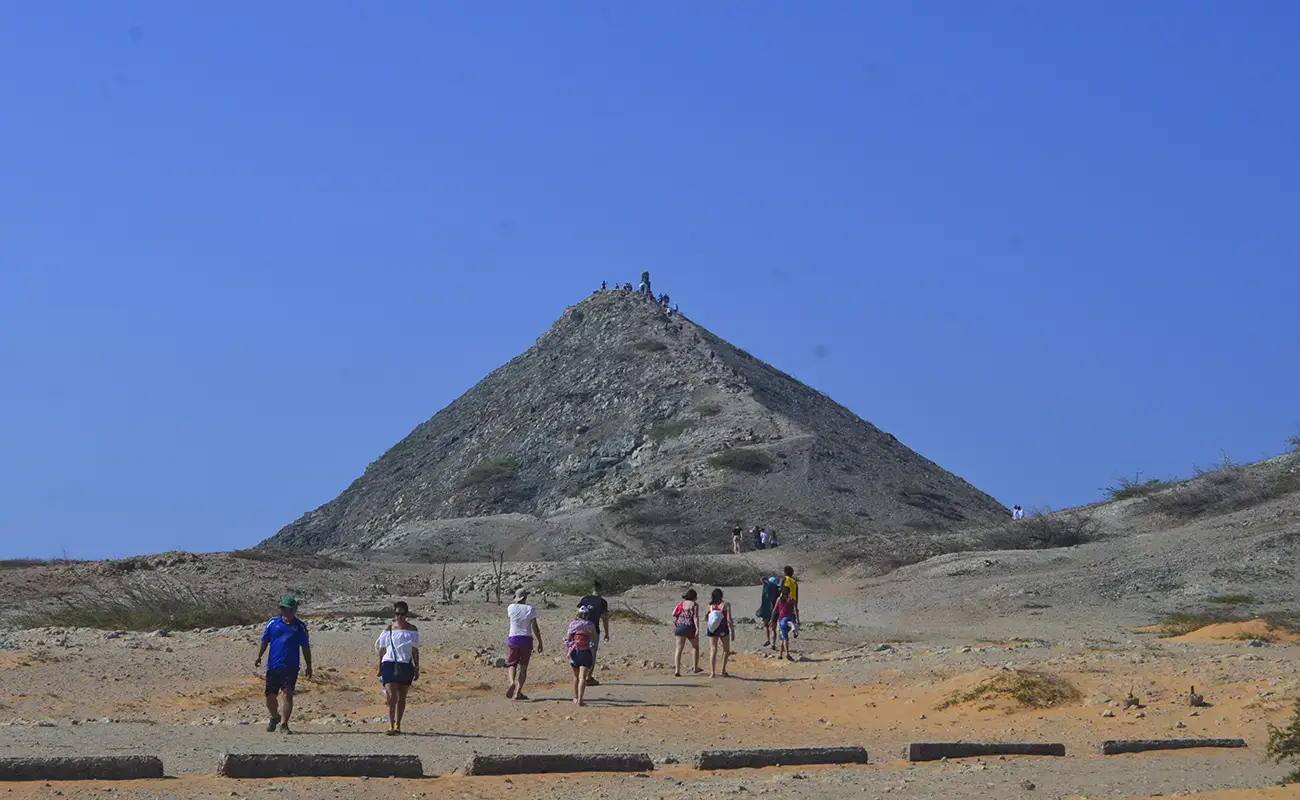
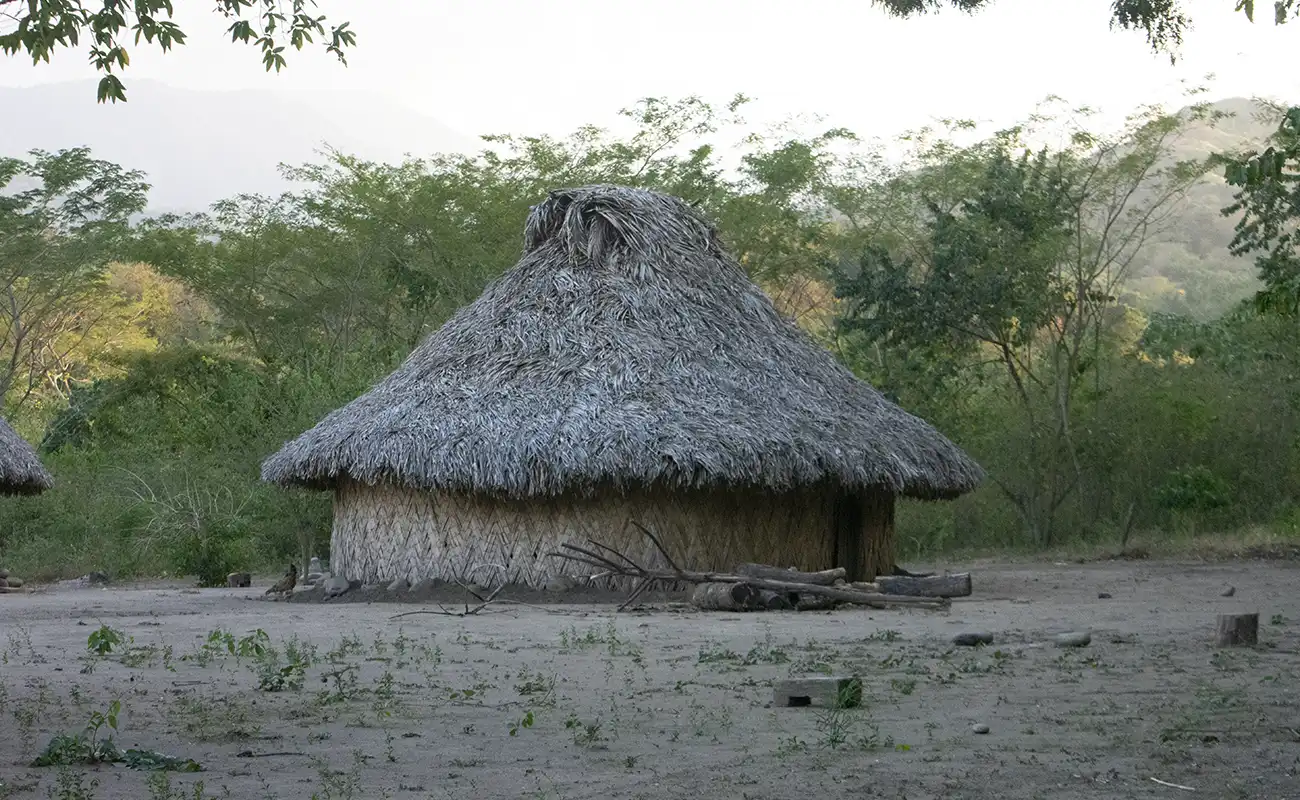
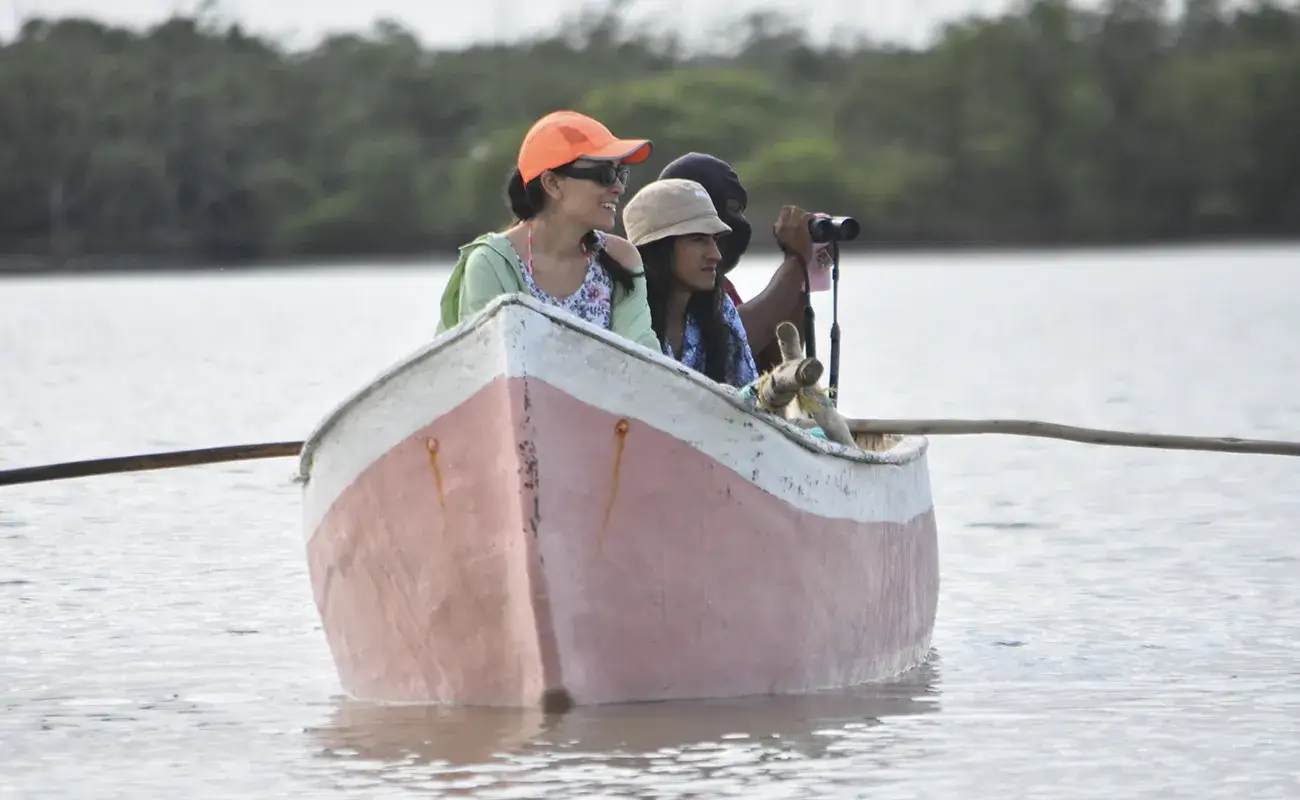
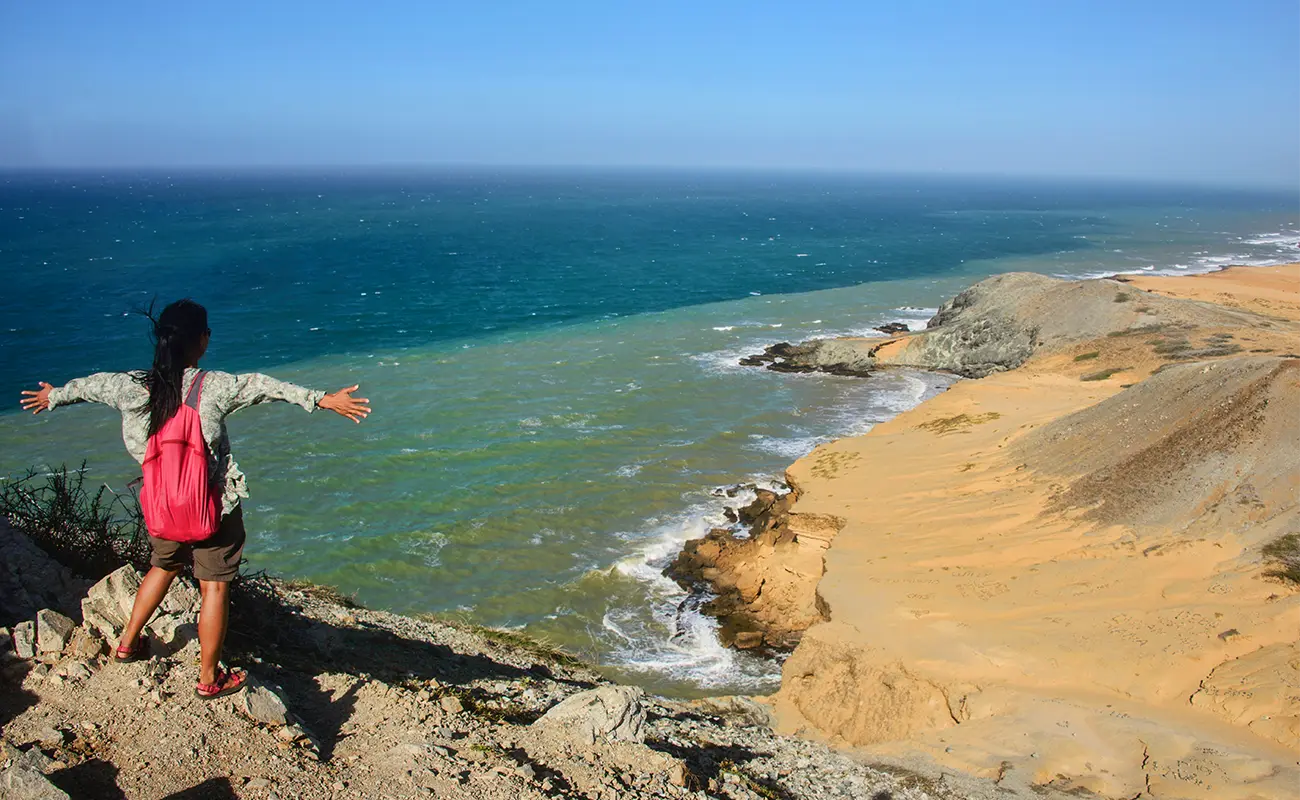

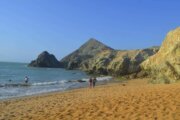
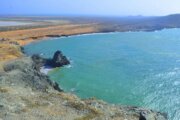
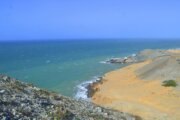
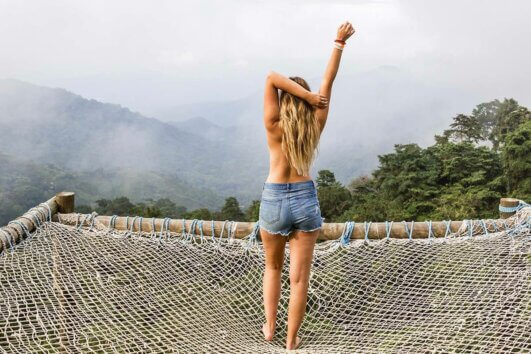
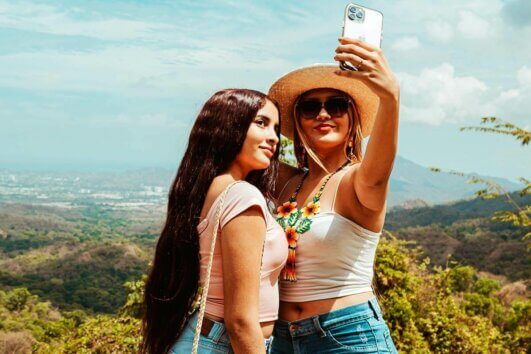
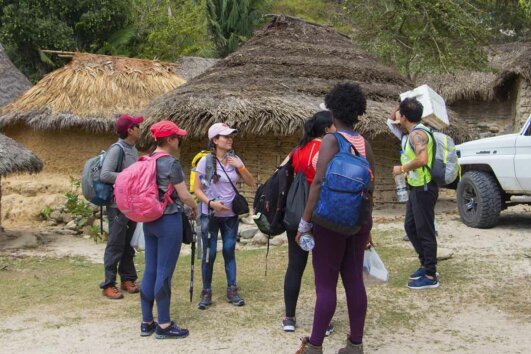
Tour Reviews
Here you can see the majesty of the sea, the desert and the culture of La Guajira. It’s amazing how everything connects on this site.
Leave a Review
Show reviews in all languages (3)